
|
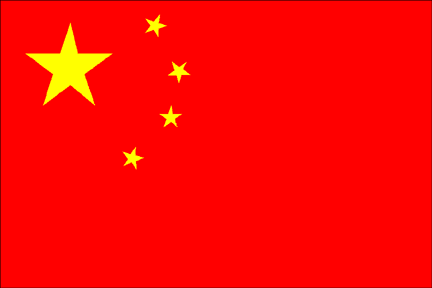
|
People's Liberation Army
Air Force
|
Fuzhou Airbase
26�01'N 119�22'E
Fuzhou, the headquarters of the Fujian Military District, is a coastal city with a population of 1.66 million which lies on the north bank of the Minjiang river. Fuzhou Airbase is located to the south of the center of the city.
In March 2000 it was reported that the PLA Air Force was deploying new air-defense missiles [possibly batteries of Russian-made S-300 missiles] opposite Taiwan at the coastal cities of Xiamen and Shantou, and at Longtian, near Fuzhou. The S-300 missiles have twice the range of the HQ-2 [China's version of the Russian-designed SA-2 SAM] deployed at these locations. China has a total of six HQ-2 facilities near Taiwan, also including airfields at Fuzhou, Zhangzhou near Xiamen, and the military airfield at Liancheng.
Fujian Province, known as "Min", is situated along China's southeastern coast. It is separated from Taiwan only by the narrow Taiwan Straits. The Province occupies an area of 121, 400 square kilometres, with a population of 30 million. Fujian is one of China's experimental zones of comprehensive reforms. The province has formed a multi-levelled pattern of opening to the outside world, which includes economic special zones, economic and technological development zones, opening coastal cities and coastal economic opening zones with the practice of special policies and flexible measures in their economic activities with the outside world. The major industrial product groups are building materials, forest products, light industrial products, electronic products, chemical products, machinery products, metallurgical products and energy products. Fujian is also a major hometown of overseas Chinese. Over the world, there are about 8 million overseas Chinese of Fujian origin and 80 percent of Taiwan's population is of Fujian origin.
Photographic Evaluation Report
High resolution imagery is available from three sources. Declassified CORONA imagery includes coverage from 10 February 1969. Commercially available Russian 2-meter resolution KVR-1000 imagery is available via the SPIN-2 service on TerraServer.
As of 08 April 2000 archival Space Imaging IKONOS 1-meter imagery available on the CARTERRA� Archive includes 21 scenes, acquired between 25 January 2000 and 15 March 2000. Of these scenes, however, 17 have heavy cloud cover in excess of the standard 20% threshold. One of the remaining scenes includes coverage of Fuzhou Airbase.
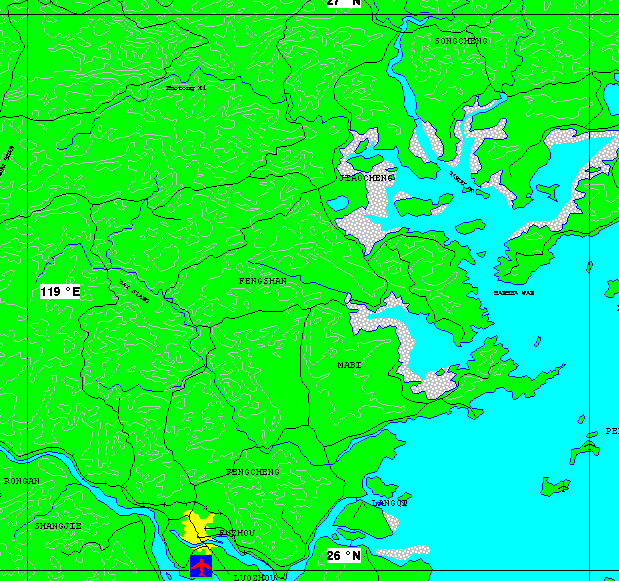
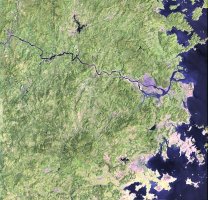
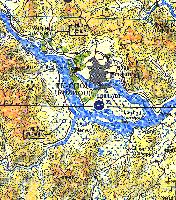
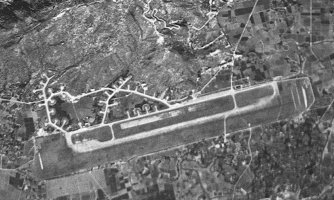
|
1969 - CORONA
As revealed in 1969 CORONA imagery, Fuzhou Airbase consisted of a single hard-surface 3,900 foot runway, generally oriented in an east-west direction, along with a parallel taxiway of roughly equal length that could probably be used as a runway if the primary runway was damaged by enemy action. The two alert hardstands, one at each end of the runway, are probably capable of accomodating a total of as many as 40 aircraft. There are at least 30 dispersed revetted hardstands located along the western end of the facility, and connected to the main runway by three taxiways. Each revetted hardstand is capable of containing up to three fighter aircraft, as has been seen at other PLA bases. Fuzhou could support around 90 combat aircraft, the equivalent of an entire Air Division of three Regiments. As of 1969 the mission of the aircraft based at Fuzhou was probably fighter/intercept, given the absence of a large weapon storage area (WSA) that would be needed to store bombs and munitions required to support ground-attack aircraft.
|
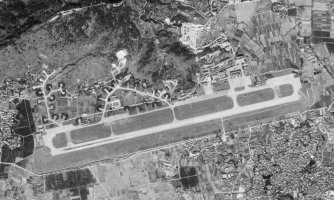
|
1989 - SPIN-2
In the 1989 image, the airfield has been lengthened by several hundred feet, probably to support heavier aircraft. An additional hardstand measuring 200x150 meters has been added at the eastern end of the runway, probably to support cargo/passenger aircraft. A small petroleum, oil, and lubricants (POL) facility was also added at some point betwen 1969 and 1989. As of 1989, the base was still devoid of any recognizable air defenses such as AAA or SAM batteries. Overall, the general appearance and capabilities of Fuzhou remained largely unchanged since 1969.
|
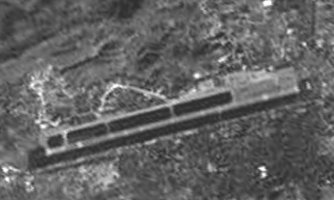
|
2000
Recent imagery suggests only modest improvements since 1989, and no extensions to combat-related support capabilities such as revetments or weapons storage areas.
|
|
10 February 1969 - CORONA
|
1989 - SPIN-2
Imagery from TerraServer.com Copyright
Aerial Images, Inc. and SOVINFORMSPUTNIK. Distribution and publishing
in any form requires permission from Aerial Images, Inc.
|
2000 - IKONOS
|
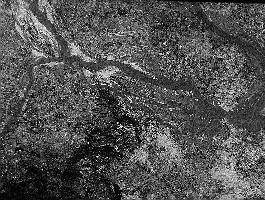
Fuzhou Airbase Overview Image 10 February 1969
|
|
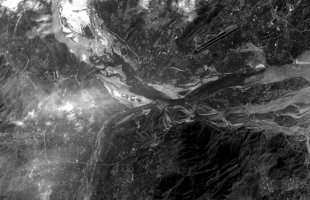
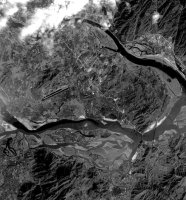
|
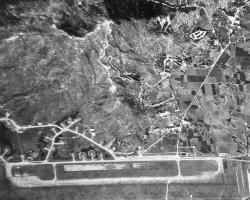
Fuzhou Airbase Close Up Image 10 February 1969
|
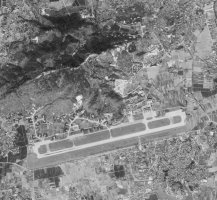
|
|
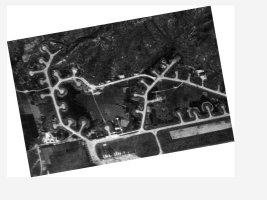
Dispersed Aircraft Revetments
|
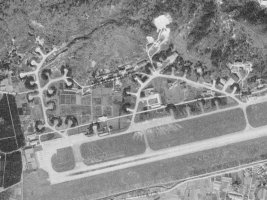
|
|
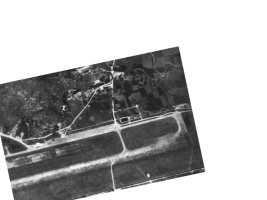
East Alert Hardstand
|
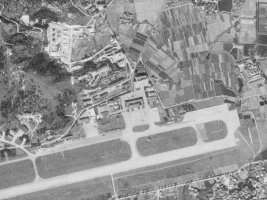
|
|
Sources and Resources
http://www.fas.org/nuke/guide/china/facility/fuzhou-a.htm
Created by John Pike, Tim Brown, Charles Vick and Charles Ferguson
Maintained by Robert Sherman
Originally created by John Pike
Updated Friday, May 12, 2000 12:00:01 AM
















